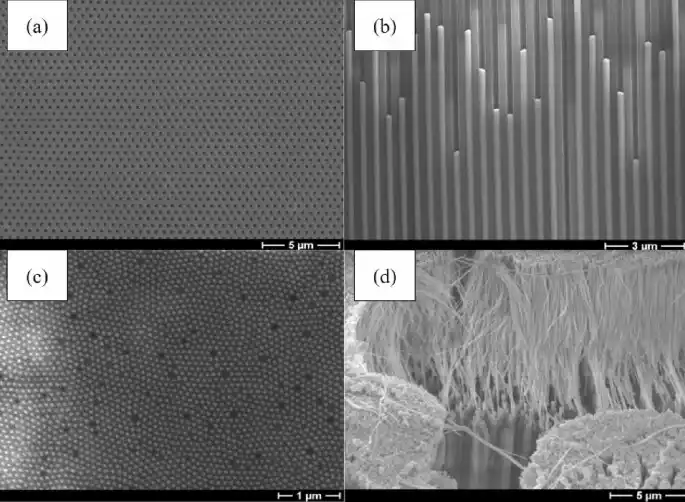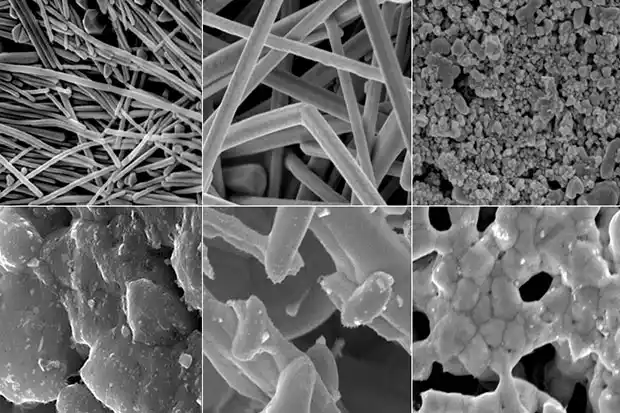افشین رشید
اُستادیار ؛ عضو هیات علمی دانشگاه آزاد اسلامی واحد علوم و تحقیقات تهران
594 یادداشت منتشر شدهOligophenylene Vanillin Nanowires are less than ۱۰۰ Nanometers in Diameter and Can Be as Small as ۳ Nanometers

Note: Oligophenylene vanillin nanowires are less than 100 nm in diameter and can be as small as 3 nm. Typically, nanowires are more than 1000 times longer than their diameter. This huge difference in length to diameter ratio compared to nanowires is often referred to as 1D materials. This leads to unique properties not seen in bulk materials; the minute size of nanowires means that quantum mechanical effects become of great importance.
Oligophenylene vanillin nanowires exploit quantum mechanics to produce wires with a wide range of unique nanoelectric properties. These properties include quantum tunneling, which allows wires made from carbon nanotubes to be very conductive, with electrons traveling ballistically through the wire. Nanowires have a structure that has an amazing length-to-width ratio . Oligophenylene vanillin nanowires are extremely thin - it is possible to create nanowires with a diameter of just one nanometer, nanowires are used to create the smallest transistors (nanotransistors). Oligophenylene vanillin nanowires can have the properties of insulators, semiconductors or metals. Insulators do not carry an electric charge, while metals carry an electric charge very well. Semiconductors fall between the two and become charged under the right conditions. By arranging semiconductor wires in the right configuration, transistors can be made that act either as switches or amplifiers . Some of the interesting and counterintuitive properties of nanowires are due to their small scale.

Some nanowires are ballistic conductors . In normal conductors, electrons collide with atoms in the conducting material. This causes the electrons to slow down as they move, generating heat as a byproduct. In ballistic conductors, electrons can pass through the conductor without colliding. Oligophenylene vanillin nanowires can conduct electricity efficiently without generating extreme heat. By reducing the bulk volume to the size of the nanoparticle, its melting point is lowered, because when you reduce each particle to the nanoscale, there is a significant increase in the surface-to-volume ratio. In the fabrication and propagation of nanowires, there are top -down approaches and bottom -up approaches . A top-down approach literally means that you take a large amount of the material you want to use for the nanowires and etch it until you get the right size. A bottom-up approach is an assembly process where smaller particles join together to form a larger structure.
Conclusion :
Oligophenylene vanillin nanowires are less than 100 nanometers in diameter and can be as small as 3 nanometers. Typically, nanowires are more than 1000 times longer than their diameter. This huge difference in length-to-diameter ratio compared to nanowires is often referred to as 1D materials. This leads to unique properties not seen in bulk materials; the minute size of nanowires means that quantum mechanical effects become of great importance.